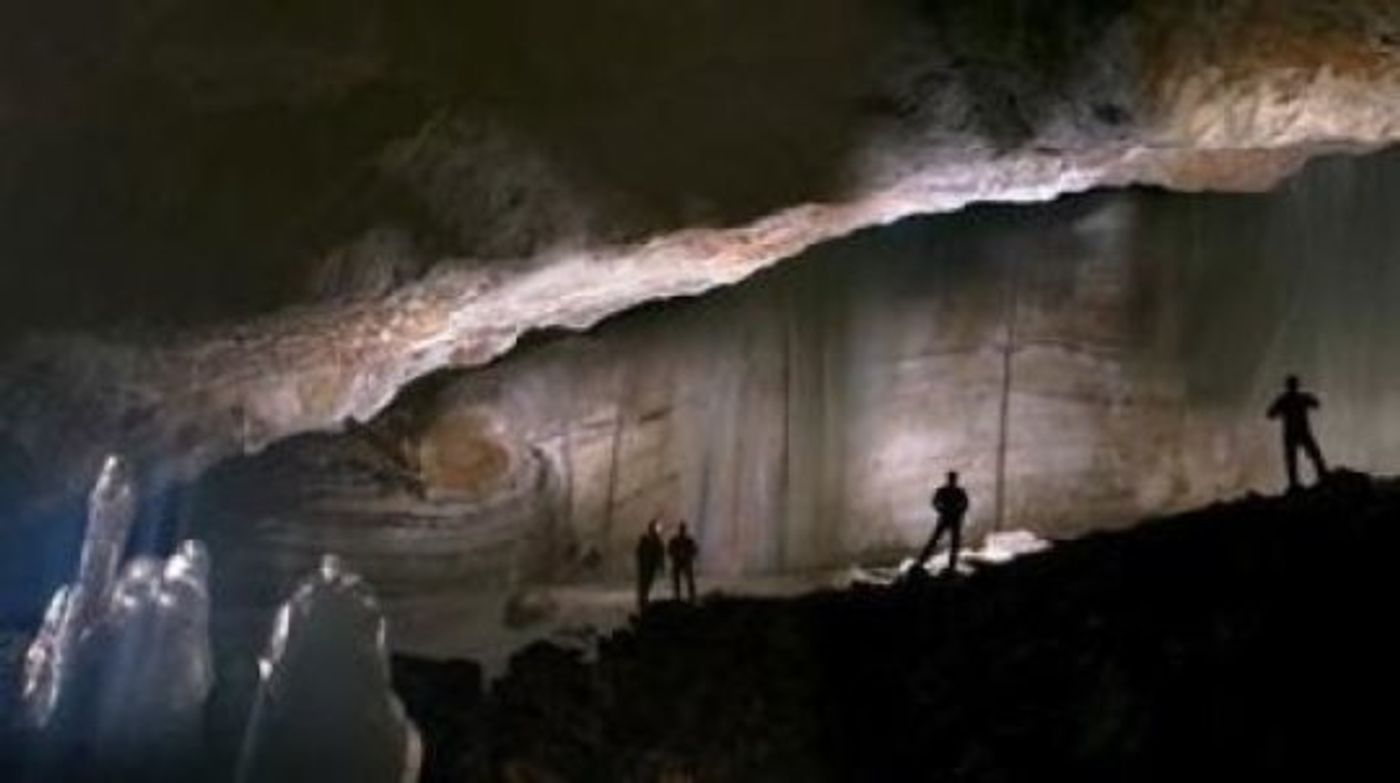Transylvanian Ice Cave Gives a Peep into Climate History
Most knowledge about climate history comes from organic information such as tree ring width, pollen and fossils of organisms that thrive during warm growing seasons. Until now there has been a gap in climate history because little is known about cold, winter seasons. Yet cores drilled from an ice cave in Transylvania may help fill in that gap with evidence about the region’s climate during the Holocene period.
The new study was recently published in Scientific Report and comes from the National Science Foundation (NSF) and the Romanian Ministry of Education, with scientists from many institutions collaborating in order to determine what the North Atlantic’s climate looked like during the past 10,000 years.
The glacier is the oldest glacier cave in the world, at approximately 10,500 years old, according to radiocarbon dating of leaf and wood fragments in its ice. In the depths of the cave, Scărișoara, there are layers of frozen snow and rain that act as records of chemical evidence of past winter temperature changes. The cave is in the Apuseni Mountains and the area surrounding it gets rain and snow from the Atlantic Ocean and the Mediterranean Sea, which is why it is perfect to study changes in the storm patterns across East and Central Europe, report the scientists.
"Our data allow us to reconstruct the interplay between Atlantic and Mediterranean sources of moisture," Bogdan Onac of USF said. "We can also draw conclusions about past atmospheric circulation patterns, with implications for future climate changes. Our research offers a long-term context to better understand these changes."
The researchers looking at the ice cores determined that winter in Eastern and Central Europe exhibit a warming trend. Temperatures reached the highest about 7,000 to 5,000 years ago and decreased afterward toward the Little Ice Age, 150 years ago, explains Science Daily.
“A major shift in atmospheric dynamics occurred during the mid-Holocene, when winter storm tracks switched and produced wetter and colder conditions in northwestern Europe, and the expansion of a Mediterranean-type climate toward southeastern Europe,” reports NSF.
The scientists are currently working to broaden the depth of their knowledge by extending the record back 13,000 years or more.
Sources: NSF, Science Daily, Nature









